Miguel Tavora was not only a great rider, a great teacher, and a wonderful trainer, he was also a subtle theorist, a horseman who read the great works of equestrian literature in the original languages. This article brilliantly lays bare the essence of the Baucherism, and the essence of the School of la Guérinière, and effects a brilliant synthesis of the best of both.
The School of Versailles was the one that contributed most to the development of Equitation. It was founded by Louis XIV. La Guérinière was a student of Vendeuil who belonged to the school of Versailles, la Guérinière despite what many people believe, never occupied any position at that school, but he was Master of the Stables of Louis XIV in Paris from 1730 until his death in 1751. It was la Guérinière who wrote the book Ecole de Cavalerie, which was the first text demonstrating a method of Equitation that is progressive, logical and rational. All modern schools proclaim themselves as followers of la Guérinière’s Ecole de Cavalerie.
François Robichon de la Guérinière (c.1688-1751)
Baucher lived in the 19th century and published the book, Method of Equitation where he explained new techniques and ways of training the horse that were more suitable for the type of horse used in his time; the horse was a Thoroughbred type and very different from the horses of Guérinière’s era.
François Baucher (1796-1873)
It is my intention to make, in an abbreviated manner, a study of the two most important visions in the history of Equitation: la Guérinière and Baucher. However, I will refer to la Guérinière school as ‘a method’ and to the Baucher school as ‘a system’. This differentiation is necessary because I think what Baucher created is more of a system than in reality a method. Therefore, firstly I am going to describe and analyse the foundations, principles and techniques of these two visions of Equitation. Secondly, to explain how, it is possible – even desirable – to follow the Classical methods best explained by la Guérinière, (often also called Old School) and at the same time utilise some of the techniques developed by Baucher – and point out that many of the top competition riders today, are using (even if unconsciously) this combination of Guérinière and Baucher.
While all and sundry pay homage – rightly – to Guérinière, Baucher has been the subject of a concerted campaign of vilification (the ‘grave digger of classical riding’, according to the Prussian riding master, Louis Seeger) and even today, his followers are viewed with suspicion, yet I hope to demonstrate that the techniques developed by Baucher to deal with the hotter, lighter horse, saved the teachings of the Old School from irrelevance.
l want to emphasise that D. Diogo de Bragagnca described, analysed and synthesised this matter in a masterly way in his book, L’Equitation de Tradition Franςaise.
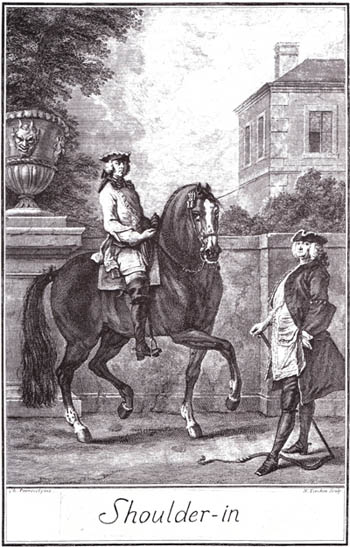
I will start to analyse la Guérinière who was truly the first and only one who developed a method which is simultaneously gymnastic, progressive, gradual and above all, logical and rational. With the exception of the pillars, which are only used in some schools where the Iberian horse is used, it is this method that all schools which call themselves Classical, follow or at least pretend or think that they follow, nowadays. I say that because some schools diverged scandalously from the Principles and/or techniques extolled by this method.
“The object of the Equitation of the Old School was to enable the horses to take a balance which allowed them to perform in a calm way all of the so-called Aires above the Ground.”
D. Diogo de Branganca: L’Equitation de Tradition Française
To be able to get a degree of Rassembler (Collection) which will allow this work Above the Ground referred to by Diogo de Braganca, the horse is trained through gymnastic work based on the so-called general actions. What this means is that the rider works the horse as a whole, acting simultaneously and making him use all of his body.
“The main exercises utilised by the Old School were not with the objective of working just one part of the horse e.g. the jaw, the croup, it’s a question of making the horse move in one direction and in a determined position given by the aids.”
D. Diogo de Braganςa: L’Equitation de Tradition Franςaise
story continues below the advertisement
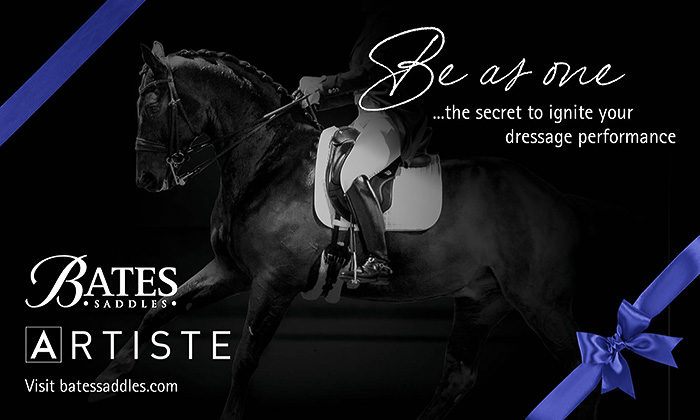
De la Guérinière quoted de la Brue (a student of the Italian riding master, Pignatelli) as saying:
“One cannot better define a well trained horse than one which is elastic and flexible (supple), obedient and precise (correct); because if a horse does not have his body totally free and elastic he cannot obey with ease and grace… ” la Brue.
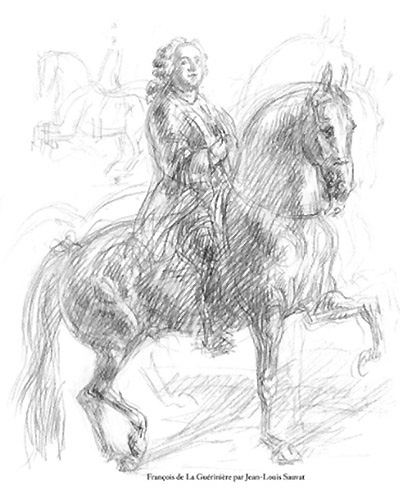
According to la Guérinière, in the beginning of the schooling one obtains the elasticity by the trot which is the more natural gait, and by the work on the lunge. In order to obtain the best results from the point of view of the development of the flexibility and elasticity, when on the lunge we make use of a smooth shoulder in. After one teaches the horse to obey the hand and the legs by making the horse associate the action of the rider’s hand with the lunge that the trainer holds and the legs with the action of the whip, gradually, the horse learns to respond to the aids. One makes use of halts, half halts and rein-backs to put the horse on his haunches, “to make him pleasant and light to hands” (Ecole de Cavalerie) and as preparation for collection. It is advised to use the half halts because they are softer.
The lesson of shoulder in follows:
“This lesson produces such good results that I consider it as the first and last of all lessons that we can give to a horse in order to obtain a total suppleness and a perfect freedom in the actions of all the body of the horse.” la Guérinière.
After comes the description of all the work in two tracks, the pillars and all other gymnastic exercises to intensify and develop the capacity of the horse to obtain a high degree of collection (rassembler) and of course, the Aires Above the ground.
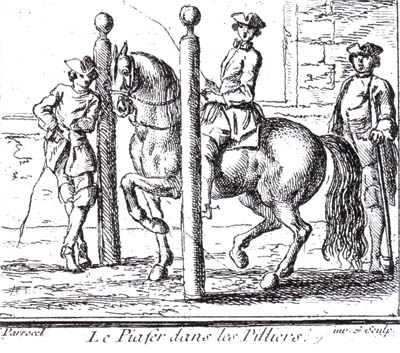
New types of Horses – New Challenges
“Every time that a new type of horse characterised by its conformation and temperament – a new breed- starts to be used or a new way of utilising the horse, a new system of Equitation appears.” D. Diogo de Bragança
The method of Baucher appears with Thoroughbreds and other horses of hot blood like the pure-bred Arab, which were breeds of horses that performed a different work from the work of the Old School. In the nineteenth century the Aires Above the Ground were not the principal objective of Equitation, so the degree of collection (rassembler) needed was not so high. Also the lengthening of the gaits started to be considered desirable, in order that “the schooling of the horse” could be considered complete.
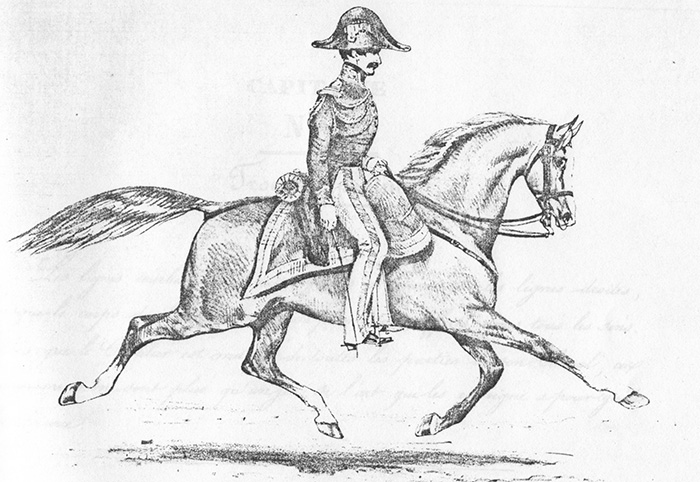
In the beginning of this article I stated that I prefer to call the Equitation developed by Baucher ‘system’ instead of ‘method’, because I think if you follow to the letter the method of Equitation as it was written by Baucher, you will end up with a horse with many problems as will be revealed later.
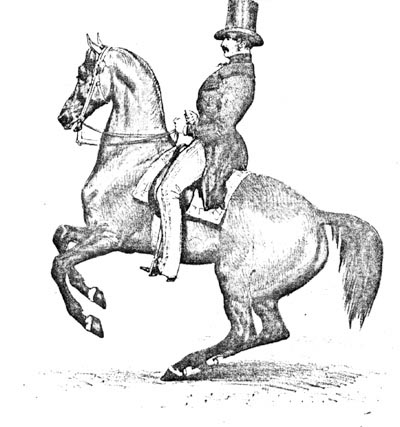
The system of Baucher distinguishes itself from that of la Guérinière by being based on the principle: “substitute the instinctive forces of the horse by the ones that are transmitted by the rider.” The wording of this principle provoked great controversy and criticism because one cannot transmit forces to a horse. Baucher in a later edition of his method explained what in reality happens is that the rider is able to direct and utilise those forces. In order to substitute we have first to destroy or control them. The word ‘destroy’ again triggered controversy and then Baucher started using other expressions as: “control, direct, harmonise etc.”
However all schools and methods of Equitation seek to control the muscular power of the horse, but obtain this by an indirect way, by the way of progressive gymnastic exercises, but Baucher does it sometimes directly with a technique which is very different to the Old School. The principle technique utilised to obtain this objective is the “combined effect” (l’effet d’ensemble) – a powerful technique which is very difficult to apply without very careful preparation. The combined effect consists of the simultaneous use of the impulsive aids and of the aids of retention provoking an opposition between them that will totally eliminate the horse’s initiative. Depending on the way we employ it, the combined effect will either immobilise the horse or it will make the horse keep the impulsion and balance needed.
The combined effect must first be taught to the horse and we begin by halting him by closing our fingers on the reins, and at the same time, we establish contact with our legs on the sides of the horse and, combining these actions, that means increasing or decreasing one or the other we try to get the immobilisation, but without ever releasing our legs or opening our fingers. Immediately when we get the immobilisation we open our fingers and we make the horse to go forward. Only after he has gone forward we must reward generously. With some horses we need a helper on the ground that holds the lunge attached to the cavesson, to make very clear to the horse that he must remain immobile. So therefore we understand that the combined effect is not to obtain collection (Rassembler) as many people incorrectly think.
“From what was said one understands that without the general suppleness be confirmed, the combined effect can only be an approximation of the true and final one.” Methode D’Equitation – François Baucher page 97/12th edition.
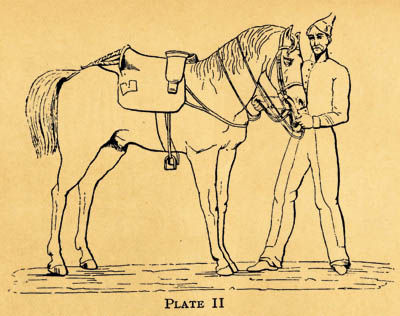
In order to obtain that general suppleness one uses the so-called ‘partial actions’. One makes the jaw of the horse flexible by an action of the snaffle or the double bridle made on the ground or on his back to make him relax the jaw; one makes flexible the poll and/or neck with an action of our hands, to obtain a vertical flexion or a lateral bending or flexion; one makes the hind legs flexible by making the horse yield to the leg, and the back by the rein back. It is important to make the horse flexible at the halt and in movement (ridden or from the ground), by isolation and trying not to allow the other parts of the horse to participate in these actions. For example when yielding to the leg, we want the horse to mobilise his hind quarters without the forehand taking part in this mobilisation. With the lateral flexions of the neck, we want the other parts of the horse to remain immobile.
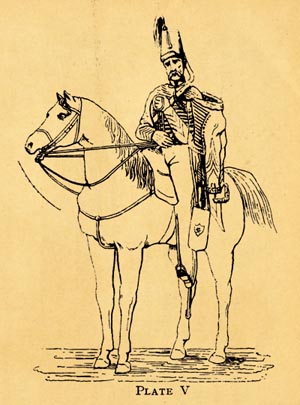
With these two examples I think I have explained what the meaning of what “partial actions” are. However, the rein back is also a general action. Only when this happens (partial flexibility) we can teach the horse to understand and to respond to the combined effect.
Lightness is sought from the beginning of the schooling, by the relaxation of the jaw obtained by the flexions on the ground. To Baucher all resistance started with contractions of the jaw, and he goes further saying that if we make the horse relax his jaw, we will obtain the relaxation of all the horse’s body, as well as balance and lightness – as if contractions of the jaw were cause and not effect. I don’t think so, as contractions of the jaw are the result of the loss of balance and therefore of the general stiffness of the horse. They are effect and not cause. It is however this principle that better characterises the Baucherist system.
In the Old School (16-18th Century) lightness was sought and obtained as a result of the general suppleness and balance of the horse. This doesn’t mean that Baucher technique ‘flexions of the jaw’ are not important. In some cases I think they are fundamental, especially with horses already schooled that are very heavy in the contact and have the habit of having the jaw always contracted. I experienced this greatly when I had to re-educate horses trained to race.
When any resistance appears that we are not able to resolve straight away with regular aids, we proceed to another Baucherist tactic, the so-called technique of ‘the breaking up of strength and movement’. This technique consists of halting, re-establishing the balance and relaxation of the muscles that provoked that resistance until we re-establish the calmness and harmony. For example, and for better understanding of the breaking up of strength and movement, when after extending the trot one makes a transition to the collected trot but the horse loses his balance and goes on the forehand, we halt to recover his balance and when this happens we will take the collected trot. Or as Michel Henriquet explains in his book Henriquet en Dressage when making a half pass, halt, keeping the horse’s bend, which allows us to correct difficulties in the first half pass, and to correct the position of the hindquarters or the bend.
Not working in resistance is another Baucherist concept. One makes use of the combined effect in order to resolve it. In his so called Second Manner it is advised that in case of a resistance of force (muscular contractions) to use vibrations of the hands that is a very smooth and light shaking of the reins by the fingers. In case of resistance of weight (loss of balance) it is advised to use the half halts but only with hands.
The Descent de Main (descent of hand) which is a voluntary breaking of the contact, is used to check to see if the horse is in self carriage, to encourage him to do so and not always depend on the aids to maintain his balance. De la Guérinière also used this technique and Baucher described the same action.
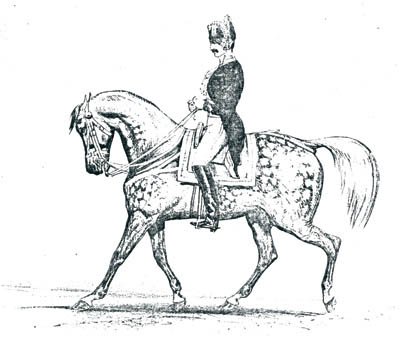
Baucher goes further advising also the descent of leg (breaking the contact of the legs with the horse or stopping the action of the leg) with the same objective.
Descent de Main is when the rider advances and lowers his hands to break the contact in a horse relatively advanced in his schooling. This horse must maintain his balance and impulsion on his own, proving that he is balanced.
Uberstreichen is a German word that defines a technique with the same objective – it consists of advancing the hands along the crest of the horse’s neck, also to break the contact, to test and encourage him not to depend on the aids of the rider – keeping the balance on his own. This technique should be used in the beginning of the horse’s schooling and in the beginning of each section of training, but in a horse that already knows the aids and that is confident using the balance corresponding to his degree of training.
One other fundamental technique of Baucher’s system is to stop all actions from the rider when the movement demanded is obtained. If this is practised by the rider right from the beginning of the schooling, it produces a very fine horse from the point of view of obedience to the aids, and from the beginning to move himself in self carriage, as advised in the rules of the FEI (…..the horse gives the impression of doing of his own accord what is required of him Article 401). However this is very rarely followed by the riders that are frightened of losing the control (because of bad training) and because the judges don’t understand or don’t consider the importance of the aforementioned article.
Unfortunately because Baucher pretended to re-invent the Equitation he didn’t even mention shoulder in. It is here that he failed drastically, because the lateral work that he utilised was more of the type of leg yielding which means without bend. His horses and horses trained following to the letter his system showed lack of lateral suppleness. This was the most frequent criticism made of horses trained in this way.
The combined effect incorrectly done can make the horse lose impulsion, but if combined with frequent and energetic transitions forward by the use of the legs alone (legs without hands) this danger ceases to exist.
The breaking up of strength and movement in exaggeration can also make the horse lose his impulsion.
Generally we know that all techniques when badly employed, are damaging to all training, but this is no reason not to use them. We need to use these techniques in the correct way.
In the so-called Second Manner, Baucher introduced new techniques (the objectives and principles remained the same) like hands without legs and legs without hands which I have seen being interpreted in different ways. To me, the more logical and more in accord with what Baucher wrote, is of making use of them in isolation in elementary equitation, in the beginning of the training. Only when the horses understand them (hands and legs) by being obedient to them without hesitation we will be able to combine both.
D.Diogo de Bragança in his book already mentioned states that the technique hands without legs and legs without hands in advanced equitation is too theoretical, however perhaps we should consider the interpretation given by General Decarpentry, which is to not increase the action of one at the same time we increase the action of the other.
As we have noted before we owe Baucher for the introduction of new techniques which allow us to reach a high degree of collection (Rassembler) in Thoroughbred types, Arabs and horses of hot blood, of lighter conformation than those of the Old School.
It was Baucher who invented, or at least showed in public and wrote about for the first time, about flying changes every stride, if I am not mistaken.

Baucher contributed a great deal to the development of the equitation in spite of often being attacked by people who had never studied him or practiced his system. If he had accepted everything good that was used before him, especially la Guérinière, he would have been one the great geniuses of the equestrian world.
I have only spoken about what we can and should combine of these two visions (Baucher and la Guérinière) to practise an equitation that is logical, rational, and really effective, as Mestre Nuno Oliviera knew and practised in a masterly way.
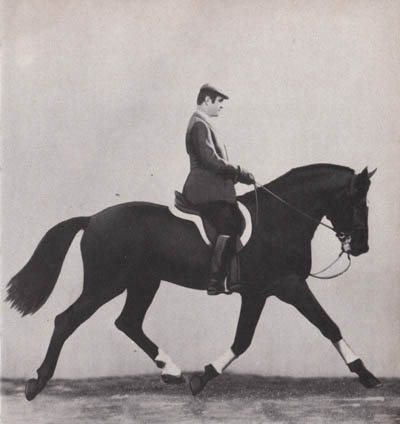
In Summation
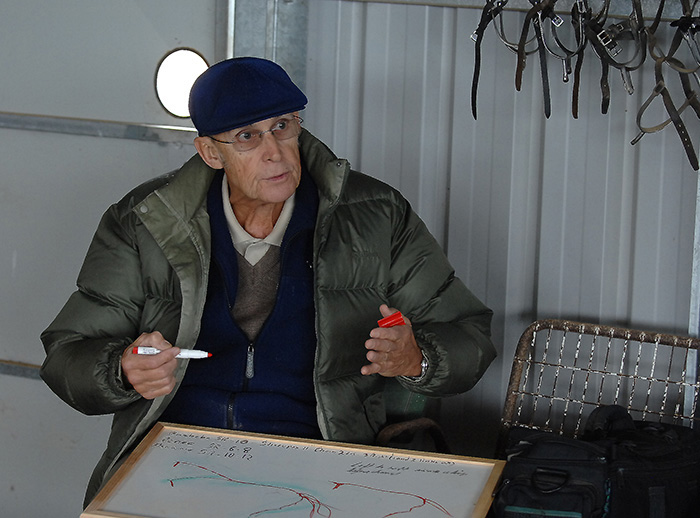
In the first place we have to admit that it is not possible to school a horse without the shoulder in. La Guérinière stated that this one should be the first and last lesson to give to a horse, Nuno Oliviera said that it was the aspirin of the equitation. We start with the shoulder in from the beginning and once the horse knows how to execute it, we make the descent of hand on the side of the bending (inside) to make the horse take the habit of keeping the shoulder-in in self carriage and without the constant use of our aids being necessary. One even ceases all of the aids, but we keep them ready to be back in action in case of a loss of balance or impulsion. One uses these principles and techniques in all movements and exercises that we require of the horse.
When we find a resistance that we cannot solve immediately, halt, break up the strength and movement, recover the balance, re- establish the calm and harmony and start again whatever we were doing. Teach the flexions of the jaw and of the neck and use them whenever necessary. Teach the horse to yield to the isolated leg as explained before.
Teach the combined effect and combine this exercise with energetic forward transitions. Keep the horse always ready to respond to the forward aids, always in front of the legs. Teach the horse to relax the jaw first at the halt, and then in movement. Use the combined effect, vibrations and half halt whenever loss of balance or when contractions appear.
I think I have explained how we can and should combine the methods of la Guérinière and the system of Baucher. We should never forget the teaching and principles of la Guérinière. It was he who exposed a true method which is simultaneously progressive, gradual and, above all, logical and rational, having in view the horse as an athlete and because of this the horse always feels comfortable in all work that is required of him.
Nuno Oliviera proved, and demonstrated, in a genial manner how to do it. All of his true students do the same. Some lean more to la Guérinière, others more to Baucher, but all combine both. To me it’s proven that the combination of the techniques of Baucher and the method of la Guérinière are the only way to teach a horse correctly, effectively and honestly. Only by this way we can show the respect and love we feel for this wonderful creature. All of the good competitive riders make varying use of these techniques and methods. Frequently, one sees in warm up arenas riders halting, relaxing the jaw, flexing the neck or the hindquarters (breaking in the force and the movement) to solve resistances etc.
Modern instructors frequently speak and write about ‘hands without legs and legs without hands’ as if it was a new technique developed by them.
I first wrote this text with the intention to publish as an article in a magazine, when writing my book I thought that would be very suitable as a chapter in it, because this matter is very connected with the principles and techniques exposed in the book.
When I finalized this article I realized that it had wider relevance than what I set out to explain. This matter is very much the concern of contemporary dressage. If one reads some modern books, they explain some of the techniques of Baucher quite to the letter. For instance Kyra Kyrklund wrote – I do not use my legs when I want to slow down, or stop. (hands without legs – Baucher).
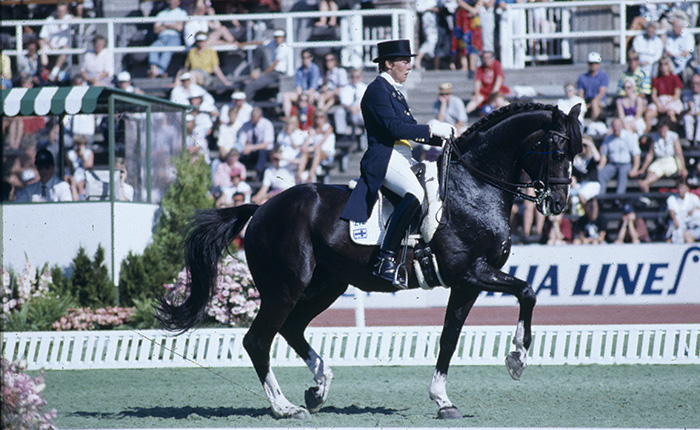
Kyra Kyrklund – Baucherist?
Quoting again Kyra Kyrklund: “It is essential to teach the horse to react quickly to the aids, and that he continues to obey a specific aid, even if the influence ceases, until a new aid is given.” One other fundamental technique of Baucher’s system is to stop all actions from the rider when the movement demanded is obtained, this, “since the beginning of the schooling achieves a very fine horse from the point of view of obedience to the aids”.
Decarpentry wrote that practically everyone practices Baucher without knowing.
Reading Steinbrecht who attacks Baucher, in almost all his chapters he explains some techniques exactly the same way Baucher did.
I could give many more examples, but that would make this article boring and repetitive, I think that everybody will arrive to the same conclusion as I did; that modern classical Equitation is nothing more than the combination of the method of la Guérinière with some of the techniques of Baucher. The Rollkur, so discussed nowadays, is nothing more than the Ramener Outre of Baucher, which I guess reminds us that not all of Baucher’s techniques are worthy of emulation. It certainly does remind us that some of Baucher’s techniques are only valuable in developing the mental and physical development of the horse, if they follow the progressive and rational method of de la Guérinière.
Vitalis is available in Australia – Go to www.ihb.com.au




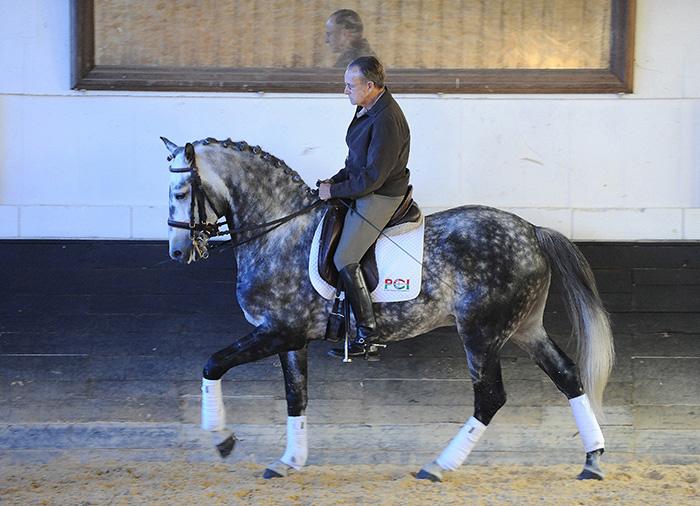
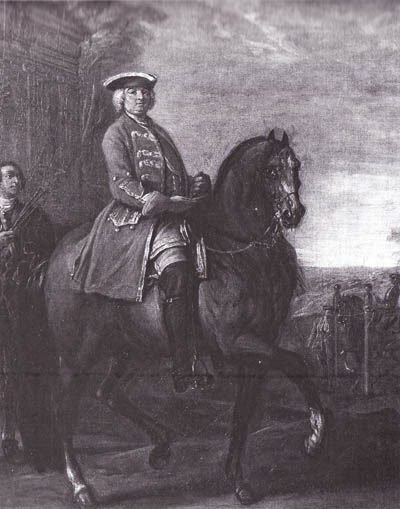
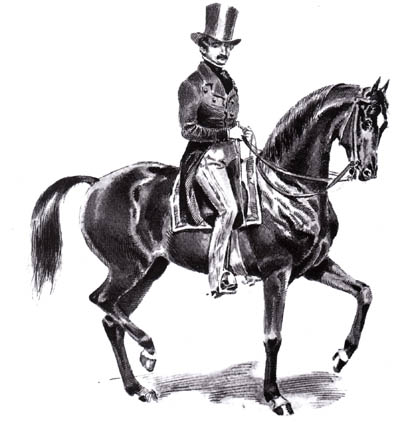
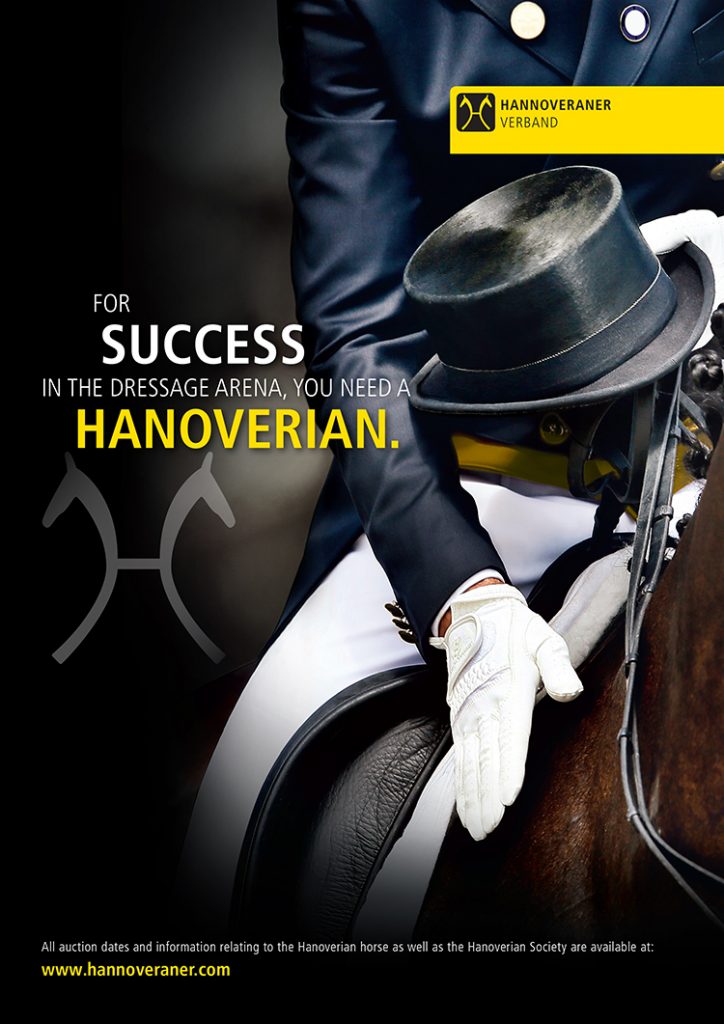
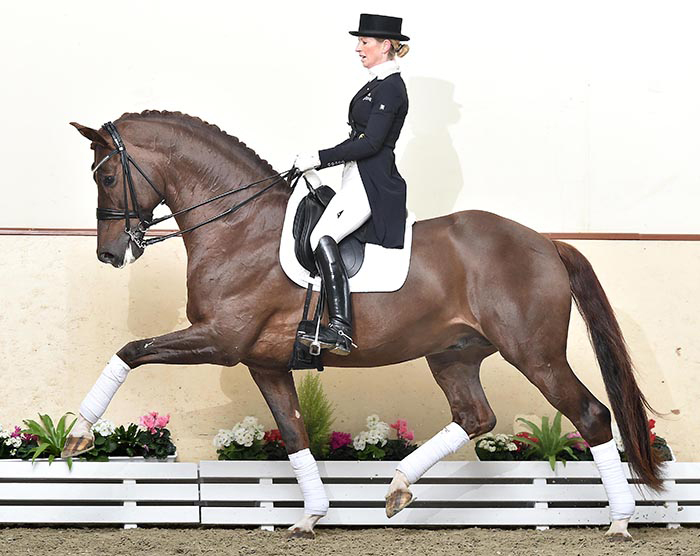

Thank you Major Miguel Tavora! I think your article is very relevant to so many of the discussions occurring in horse communities about “classical dressage” versus “competitive dressage”. Your analysis of these two teachers (Baucher and de la Guérinière), their methods, and origins should be read by every horse person in every discipline (from working cow horse to hunter/jumper)! We can all benefit by this rational, complete, eloquent, and informative effort.
I would enjoy hearing some of Major Tavora’s feelings about Ramener Outre, as practiced by Baucher and more specifically written about in Kerbrecht, in comparison to the behind the verticle training being practiced by many successful modern riders such as Carl Hester and Edward Gal.
Excellent article! A must read for anyone interested in horse riding.
Well put, I had not been very interested in Baucher as I had only read about his first method and seen illustrations of. Ramener outré which horrified me.as does rolkur today. I had seen and read criticism of Buachers in a book written by an Engishman James Fillis. Who is very interesting and well recognised he wrote the manual for the Russions Calvary school.
I am attending a Phillipe Karl clinic in 2 weeks time in the UK and intend asking the following question(s) of him.
1.What is Ramener Outre,
2. How is it done, (the aids used to achieve it)
3. Why is is done
4. For how long should it be carried out (if at all)
5.What is it’s relationship to Rollkur (if any) and how does it differ from Rollkur if indeed it does.
6.What is its relationship to and with the procedure of Effect d’Ensemble.”
A quite embracing and detailed set of questions which I am determined to get an unequivocal answer to, from someone whom I expect to know the answers to.
I will post the reply!
Interesting article that portraits well the confusion that prevails on the legacy of two brilliant Masters that fostered French Equestrian Art before and after the troubled political times of the French revolution.
As I read this article I had to pull my cherished copy of the 12th Edition of Baucher’s Equitation Method; I must admit that if we hang on to the reputation of Baucher’s first method that was rightfully criticized by Seeger and somewhat less by Steinbrecht we keep a sour taste of Baucher’s erreurs de jeunesse.
Anyhow, Baucher’s legacy is his second method that admits his past errors; and, preaches on page 96 of the 12th édition of his work “d’accorder l’action des jambes et de la main” i.e., the coordination between the legs and the hand; no more opposition of the aids, no more “Ramener Outré”.
That said, I like very much the work and the teachings of Miguel Tavora, I had the pleasure to witness in vivo about 12 years ago.
Just watched my new acquisition of DVDs collection from Col Christian Carde. (In French) Strange that he shows in it Ramener Outre!
I completely agree with all said by M. T. One thing misses, and it’s the very thing that makes Baucher great : he is the first to acknowledge the intelligence of the horse, and to speak to it before all, to make him understood by the horse and not force him in a frame or a move. Here, he is a real precursor, who should be heard by many modern riders…
FWIW
If only many more would be great enough to acknowledged their own deficits and go about the business of correcting them. This is one of the things I have admired of Baucher. He was not afraid to develop.
Patrice Franchet de Esprey still practices Baucher in France as I have been told.
There is a great deal of history from this era of horsemanship and a great deal of rivalry too. Did Baucher never practice shoulder -in? What was the leg yield quoted by his son that he practiced?
Many more should practice a more refined form of horsemanship and not join the masses to win at all costs. The world would be a much better place for our equine friends.
This is a masterful analysis. I was pleased to discover that the article reflects my views precisely. As an autodidactic horseman I follow Steinbrecht and Decarpentry. So it’s no surprise that I independently came to the same conclusions. Very gratifying.